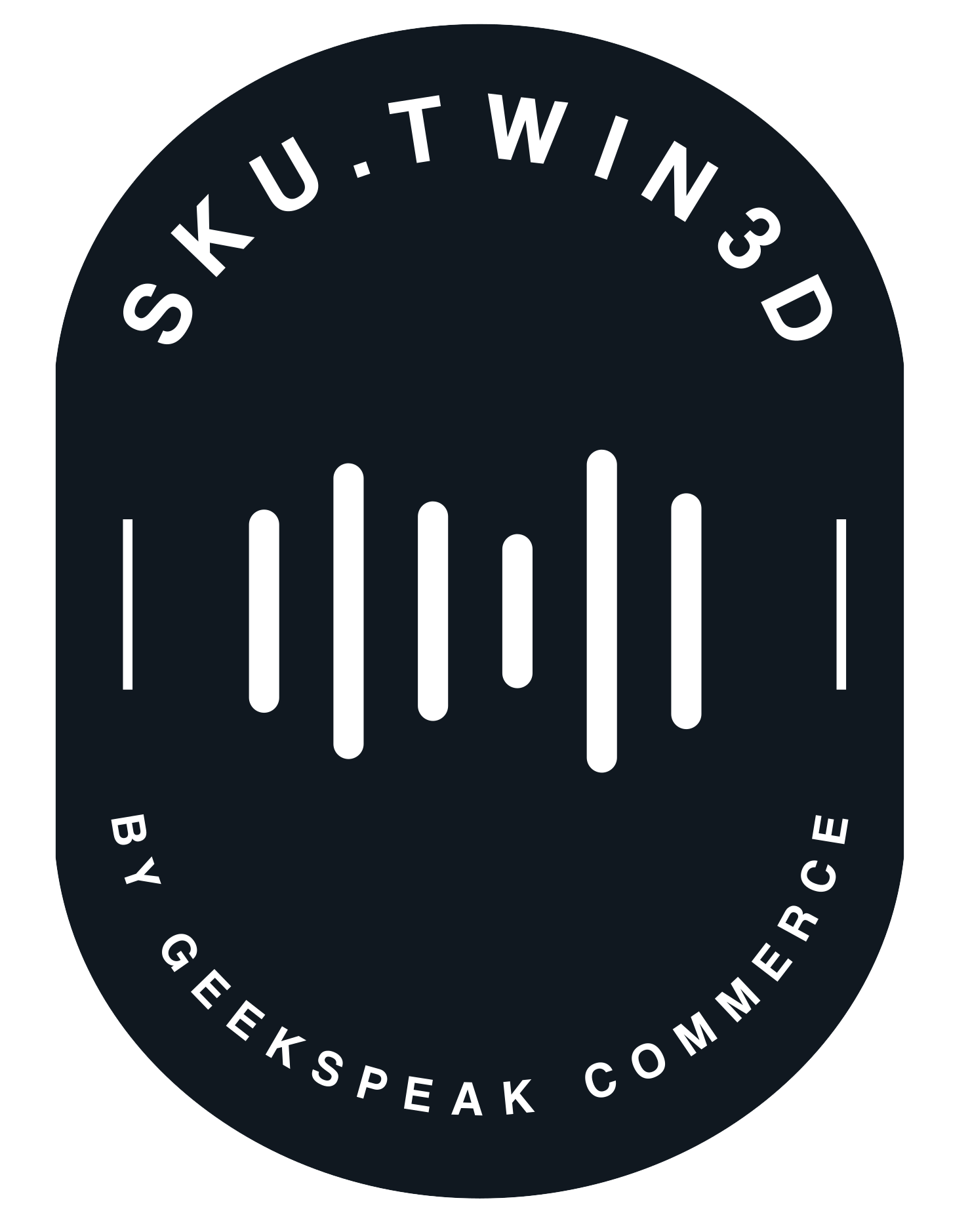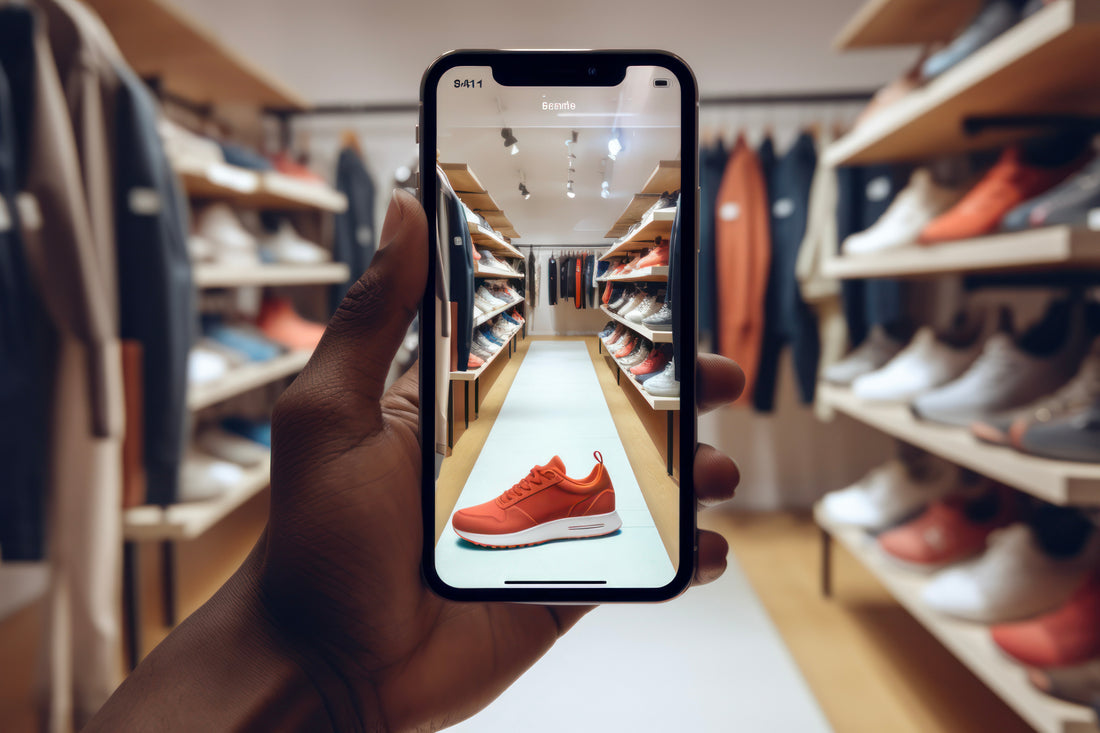How 3D Product Modeling Enhances the Online Shopping Experience and Drives Sales
Ecommerce has grown exponentially over the past decade, shaping the way consumers shop. In this digital age, the success of an online store hinges not only on the quality and price of products but also on the shopping experience it provides. One of the latest breakthroughs in enhancing this experience is 3D product modeling. So, how does it change the game for both shoppers and retailers?
1. Immersive Shopping Experience:
3D product modeling offers a more tangible, engaging, and interactive user experience. Unlike static 2D images, 3D models can be rotated, zoomed in on, and interacted with, allowing users to explore every nuance of a product, just as they would in a physical store.
2. Reducing Purchase Uncertainty:
One of the main deterrents to online shopping is the uncertainty about the product's look and feel. 3D modeling gives a realistic representation of size, dimensions, texture, and functionality, reducing the guesswork and consequently, the number of product returns.
3. Showcasing Product Customization:
For products that come with customization options—like colours, textures, or designs—3D models can instantly adapt to reflect those changes. This dynamic visualization lets customers see their personalized product in real-time, significantly enhancing their buying confidence.
4. Integration with Augmented Reality (AR):
3D product models can be integrated with AR technology. This allows users to place virtual products in their real environment—imagine visualizing how a couch looks in your living room or a watch on your wrist. This immersive experience drastically improves purchase conversion rates.
5. Enhanced Product Storytelling:
Storytelling is a powerful tool in marketing. With 3D modeling, brands can offer animations that showcase the product's features, benefits, or even the story behind its creation. These narratives build a deeper connection between the product and the potential buyer.
6. Competitive Edge:
In a market saturated with similar products, offering 3D visualization can be a distinguishing factor that sets a brand apart. It emphasizes a brand's commitment to transparency, innovation, and customer-centricity.
7. Improved SEO and User Engagement:
Interactive 3D models are known to increase user engagement, which in turn can reduce bounce rates and increase the time spent on a site. These factors are recognized by search engines, potentially boosting a website's SEO rankings.
8. Social Media and Marketing Integration:
3D models can be easily integrated into social media campaigns or other digital marketing strategies. They can be shared, embedded in posts, or even included in interactive ads, providing a richer medium for brand promotion and engagement.
9. Cost-Efficiency in the Long Run:
Although there's an upfront cost to creating 3D models, in the long run, they can prove more economical than traditional photography. They're versatile (allowing for endless angles and environments without reshoots) and timeless (easily adapted or modified without starting from scratch).
10. Data-Driven Insights:
Retailers can gather insights based on how users interact with 3D models—what angles they view most, which customization they prefer, or how long they engage with the model. These data-driven insights can guide future product designs or marketing strategies.
3D product modeling is more than just a visual treat; it’s a strategic tool for businesses looking to enhance customer experience, reduce return rates, and drive sales. As technology continues to evolve and consumer expectations heighten, integrating 3D modeling into ecommerce platforms will soon be less of a luxury and more of a necessity. Businesses that adapt and embrace this technology will undoubtedly be at the forefront of the next ecommerce revolution.

